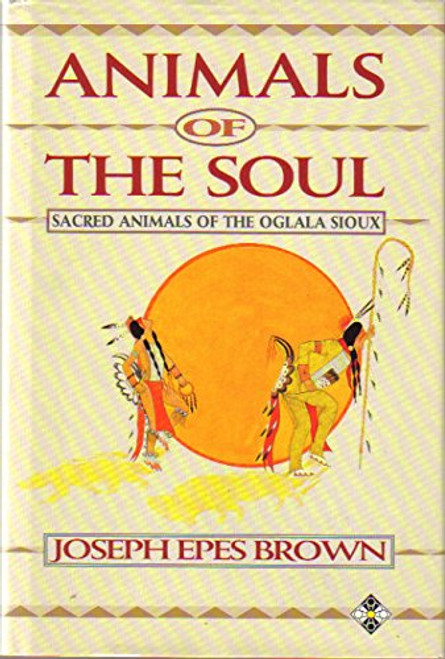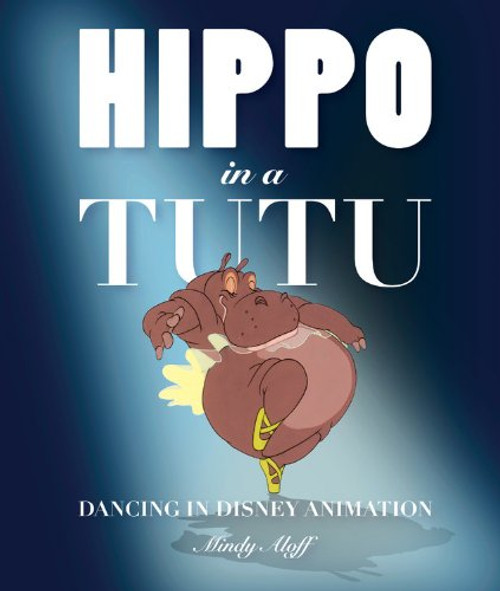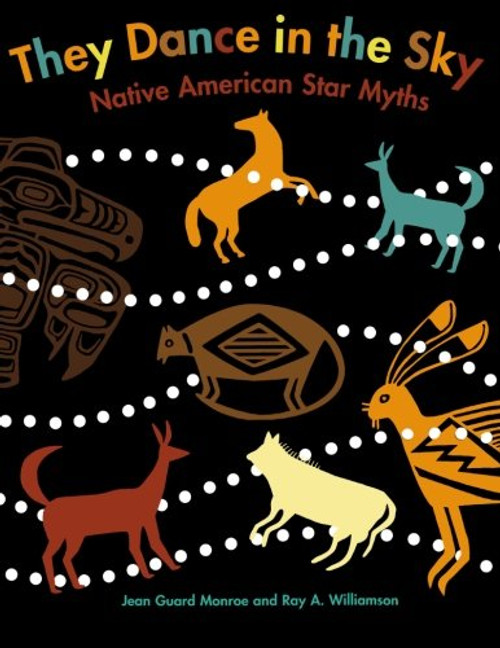The Native American hunter had a true appreciation of where his food came from and developed a ritual relationship to animal lifean understanding and attitude almost completely lacking in modern culture. In this major overview of the relation between Indians and animals on the northern Great Plains, Howard Harrod recovers a sense of the knowledge that hunting peoples had of the animals upon which they depended and raises important questions about Euroamerican relationships with the natural world. Harrod's account deals with twelve Northern Plains peoplesLakota, Blackfeet, Cheyenne, Pawnee, and otherswho with the arrival of the horse in the eighteenth century became the buffalo hunters who continue to inhabit the American imagination. Harrod describes their hunting practices and the presence of animals in their folklore and shows how these traditions reflect a sacred ecology in which humans exist in relationship with other powers, including animals. Drawing on memories of Native Americans recorded by anthropologists, fur traders, missionaries, and other observers, Harrod examines cultural practices that flourished from the mid-eighteenth to the mid-nineteenth century. He reconstructs the complex rituals of Plains peoples, which included buffalo hunting ceremonies employing bundles or dancing, and rituals such as the Sun Dance for the renewal of animals. In a closing chapter, Harrod examines the meanings of Indian-animal relations for a contemporary society that values human dominance over the natural worldone in which domestic animals are removed from our consciousness as a source of food, wild animals are managed for humans to experience, and hunting has become a form of recreation. His meticulous scholarship re-imagines a vanished way of life, while his keen insights give voice to a hunger among many contemporary people for the recovery of a ritual relationship between themselves and the natural sources of their lives.
The Animals Came Dancing: Native American Sacred Ecology and Animal Kinship
Brand: University of Arizona Press
$57.81 - $63.32
- UPC:
- 9780816520275
- Maximum Purchase:
- 2 units
- Binding:
- Paperback
- Publication Date:
- 2000-02-01
- Author:
- Howard L. Harrod
- Language:
- english
- Edition:
- 0






